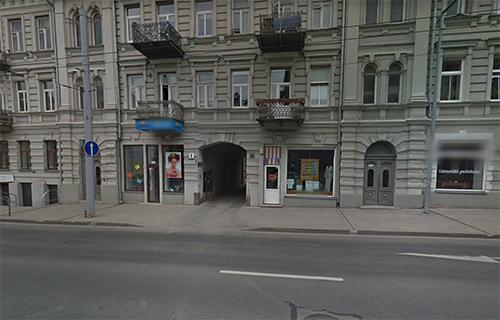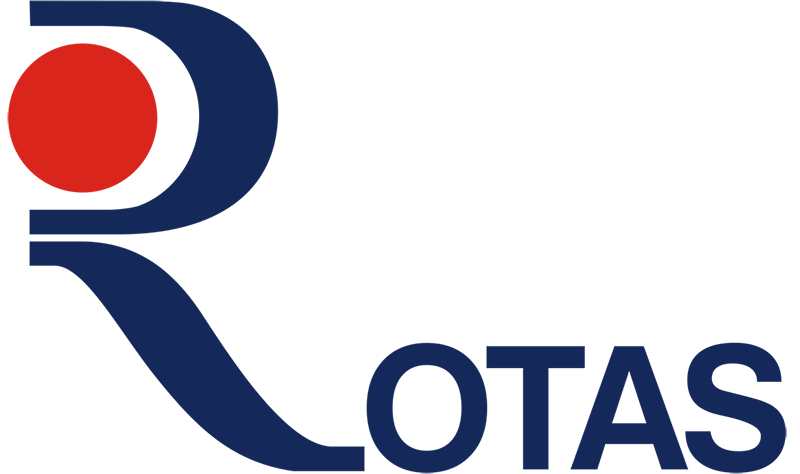



Serbia is attracting an increasing number of visitors each year. Changing historical circumstances have made travel to the country much easier and greater stability is encouraging more foreign investment. The wars which affected parts of south-eastern Europe after the collapse of Communism and break-up of the former Yugoslavia are now over. Serbia is moving closer to integration with European institutions and markets. Serbian is a Slavonic language. Until recently the language used in Bosnia, Croatia, Montenegro and Serbia was referred to as Serbo-Croat but the differences between them have now been recognised, although they remain mutually comprehensible. Serbian uses both the Cyrillic and the Latin alphabet. There is no rule to say which alphabet should be used on which occasion so you need to be able to use both. This book/CD pack introduces you to both the Cyrillic and the Latin alphabets - in the first three units both alternatives are given and thereafter the units alternate between the Cyrillic and Latin alphabet. There is plenty of help given at the start so that you can quickly familiarise yourself with both scripts. 'Teach Yourself Serbian' has been designed to meet the demands of growing interest in the language by providing a new course which will take you through all the stages of learning Serbian. Its graded units offer a structured approach, giving information in a user-friendly fashion, and presenting the language in everyday situations based around real places in Belgrade and Serbia. If you want to communicate in Serbian and to enjoy a degree of independence while in the country whether you are a leisure or business traveller, school or university student, whether you have family ties in the region or simply enjoy the challenge of learning a new language, this book will introduce you to the basics and beyond.
Serbia is attracting an increasing number of visitors each year. Changing historical circumstances have made travel to the country much easier and greater stability is encouraging more foreign investment. The wars which affected parts of south-eastern Europe after the collapse of Communism and break-up of the former Yugoslavia are now over. Serbia is moving closer to integration with European institutions and markets. Serbian is a Slavonic language. Until recently the language used in Bosnia, Croatia, Montenegro and Serbia was referred to as Serbo-Croat but the differences between them have now been recognised, although they remain mutually comprehensible. Serbian uses both the Cyrillic and the Latin alphabet. There is no rule to say which alphabet should be used on which occasion so you need to be able to use both. This book/CD pack introduces you to both the Cyrillic and the Latin alphabets - in the first three units both alternatives are given and thereafter the units alternate between the Cyrillic and Latin alphabet. There is plenty of help given at the start so that you can quickly familiarise yourself with both scripts. 'Teach Yourself Serbian' has been designed to meet the demands of growing interest in the language by providing a new course which will take you through all the stages of learning Serbian. Its graded units offer a structured approach, giving information in a user-friendly fashion, and presenting the language in everyday situations based around real places in Belgrade and Serbia. If you want to communicate in Serbian and to enjoy a degree of independence while in the country whether you are a leisure or business traveller, school or university student, whether you have family ties in the region or simply enjoy the challenge of learning a new language, this book will introduce you to the basics and beyond.

Teach Yourself: Serbian + CD Pack / Vladislava Ribnikar, David Norris
